Popular Articles
- Earliest molecular events of vision revealed
- Dynamics and Kinetics in Structural Biology
- XFEL Pulses Demonstrate How Plants Perceive Light
- Structural biology is solved -- now what?
- BioXFEL Postdoctoral Fellowship Award
Archived Articles
News
- Details
- Friday, 07 July 2017
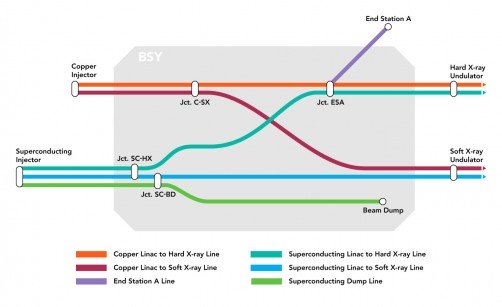
The central hub for powerful electron beams at the Department of Energy’s SLAC National Accelerator Laboratory is getting a makeover to prepare for the installation of LCLS-II – a major upgrade to the Linac Coherent Light Source (LCLS), the world’s first hard X-ray free-electron laser. LCLS-II will deliver the most powerful X-rays ever made in a lab, with beams that are 10,000 times brighter than before, opening up unprecedented research opportunities in chemistry, materials science, biology and energy research.
- Details
- Thursday, 06 July 2017
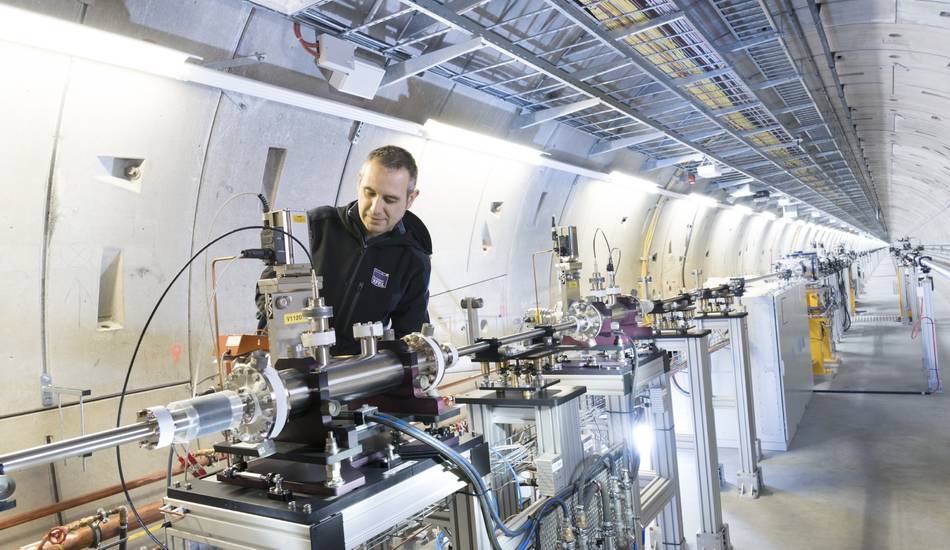
World's largest X-ray laser starts operation - milestone en route to official opening on September 1. The world’s largest X-ray laser, the European XFEL, has entered its operation phase, a press release said Tuesday (July 4, 2017). The X-ray laser produces extremely bright and short X-ray flashes with the help of specialised experiment stations and gives scientists entirely new insights into the atomic details and processes of the nano world.
- Details
- Wednesday, 05 July 2017
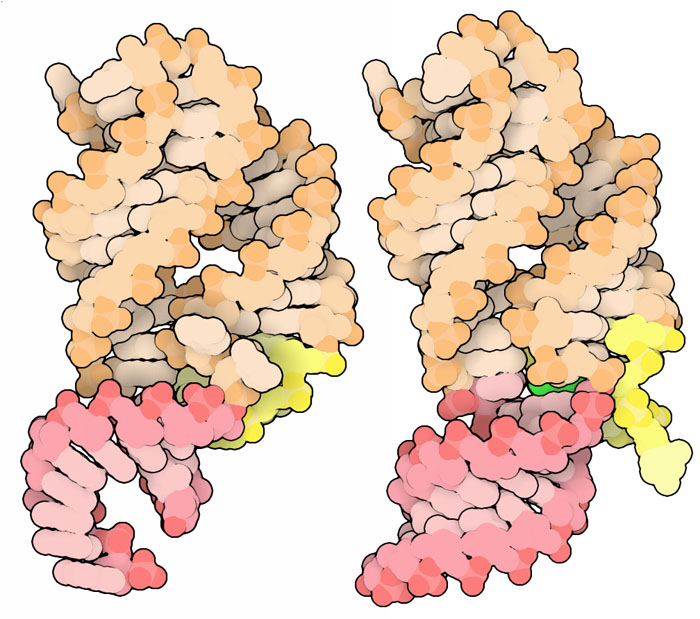
Riboswitches are structurally dynamic RNA molecules, undergoing changes in shape as they perform their regulatory functions. Riboswitches typically have two domains: a ligand-binding “aptamer” domain that changes conformation when it binds to a specific ligand, which then sends a signal to an “expression platform” domain that regulates use of the RNA.
- Details
- Thursday, 29 June 2017
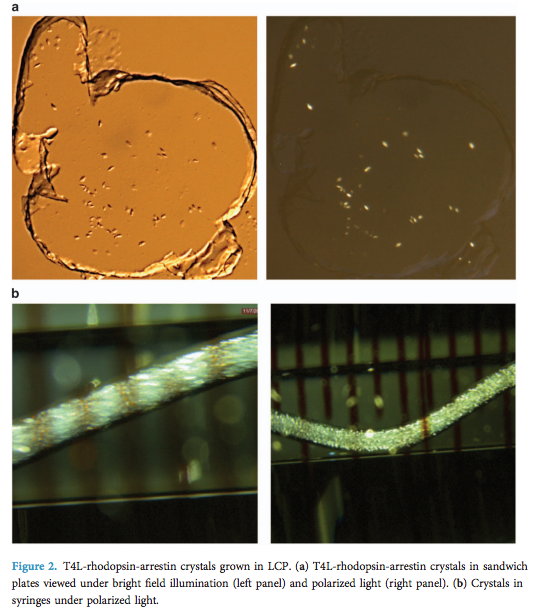
Serial femtosecond X-ray crystallography (SFX) using an X-ray free electron laser (XFEL) is a recent advancement in structural biology for solving crystal structures of challenging membrane proteins, including G-protein coupled receptors (GPCRs), which often only produce microcrystals. An XFEL delivers highly intense X-ray pulses of femtosecond duration short enough to enable the collection of single diffraction images before significant radiation damage to crystals sets in.
- Details
- Tuesday, 27 June 2017
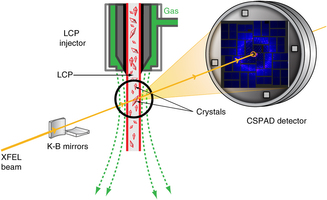
BioXFEL researchers in collaboration with others established a procedure for serial femtosecond crystallography (SFX) in lipidic cubic phase (LCP) for protein structure determination at X-ray free-electron lasers (XFELs). LCP-SFX uses the gel-like LCP as a matrix for growth and delivery of membrane protein microcrystals for crystallographic data collection.
- Details
- Friday, 23 June 2017
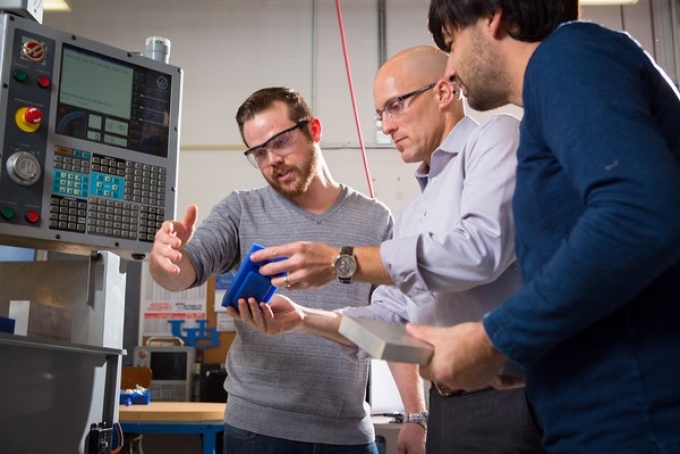
UB has been awarded $4.5 million to hire world-class scholars whose work will boost the university’s research enterprise and educational offerings while enhancing innovation in the Buffalo Niagara region. The funding is comprised of three grants from SUNY’s Empire Innovation Program, which helps institutions recruit senior faculty members with track records of significant scholarly achievement and externally funded research projects.
More Articles...
- XFELs Open A New Era in Structural Chemical Biology
- Chemically Stable Lipids for Membrane Protein Crystallization
- Serial millisecond crystallography of membrane
- Drop-on-demand sample delivery for studying biocatalysts in action at X-ray free-electron lasers
- Flexibility and Design: Conformational Heterogeneity along the Evolutionary Trajectory of a Redesigned Ubiquitin





